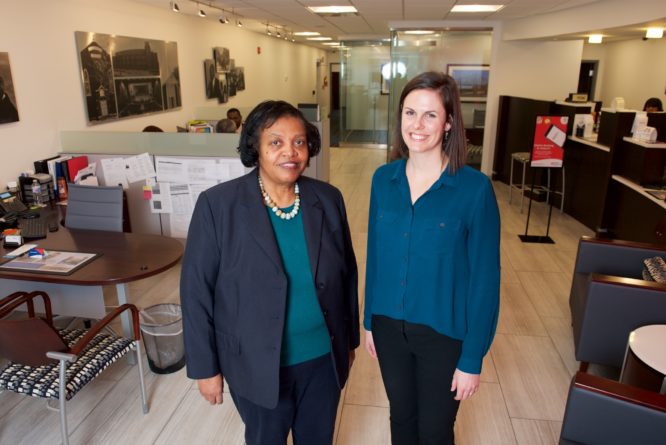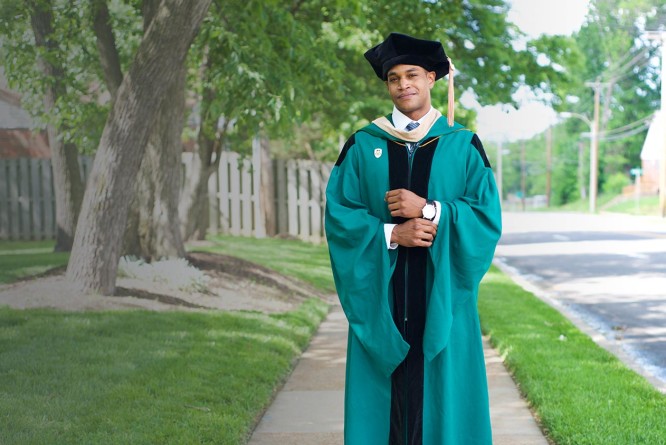I want graduates of local schools to think about staying, perhaps because they want to stay near family and friends, but, ultimately, because they find a job where they feel they can bring real value and can drive tremendous value. And because they can find a job that pays not a minimum wage but a living wage in a field that inspires them. You think about how much goes into education — not only in the City of St. Louis but in the state — and if we can’t do a better job of retaining the talent we graduate every year, I’m not sure what the hell the point is. We can’t evolve as a region if we don’t attract and retain the very best thinkers.
St. Louis was literally founded by entrepreneurs. Think about the beer barons, the fur traders, the history of McDonnell Douglas and the Space Program, now Boeing, pharmaceuticals with Mallinckrodt. We’ve got an awesome opportunity to capitalize on a phenomenal history and secure growth in the industries that have evolved since those early years.
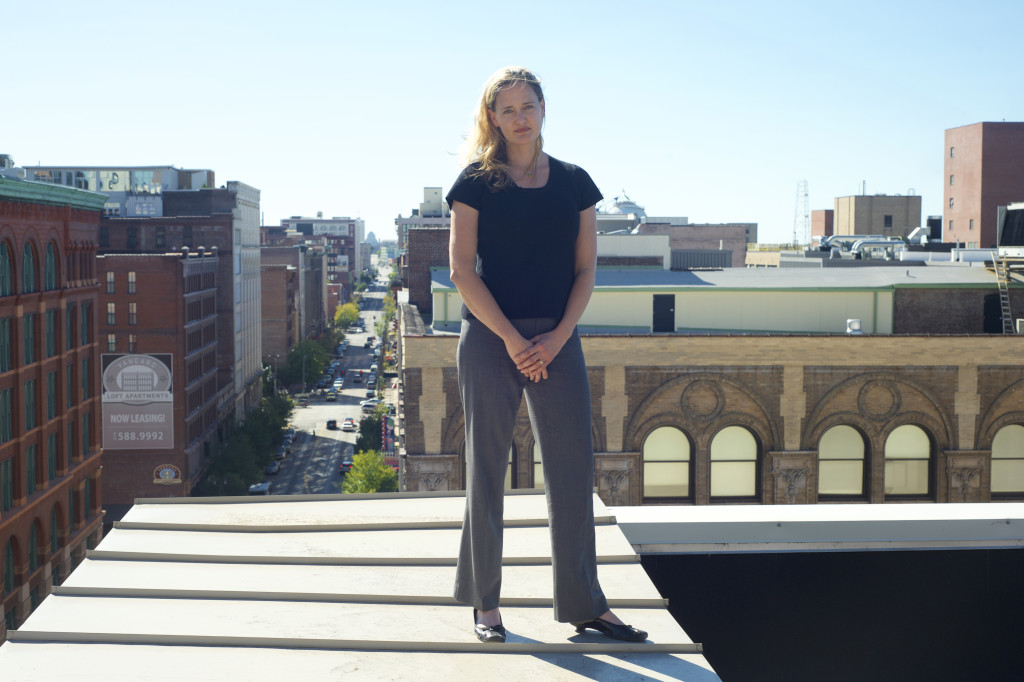
Ginger Imster, photos by Lindy Drew
In order for us as a community to continue to have the cultural resources we all love, so many of which are non-profits and rely on philanthropic investment, we have to create new philanthropists. New philanthropists are created through new wealth and new wealth is created through new companies, and 100% of all those new jobs come from companies less than 5 years old. Kauffman Foundation has proven that time and again. We have to preserve our Fortune 100s and keep Fortune 500 companies here. We need to be equally as deliberate about the growth on the other side of that business spectrum, too, from the inception point through startup and scale-up. We need to grow new. We all want to see more Enterprise Rent-A-Cars, more Express Scripts, and more companies that are established here grow here and scale here.
How do we create connections between the school’s K-12 and the entrepreneurial talent we have in St. Louis? I’m a big believer in the entrepreneur in residence program when it comes to entrepreneurship and accelerators. I think there’s an opportunity with schools to figure out how to leverage the entrepreneurs in the innovation districts who are passionate about having a qualified workforce and want to engage with students. We can capitalize on their expertise and get them in front of students so that the students can ask questions about what’s actually happening in this field or this industry today. It’s not about training kids for the jobs of today. It’s always about training kids for jobs that don’t even exist yet. We don’t even know what they are.
There’s an opportunity with schools to figure out how to leverage the entrepreneurs in the innovation districts who are passionate about having a qualified workforce and what to engage with students.
Think about all the kids who have access to a strong academic program, but their family may never have never had that same opportunity. As the child begins to identify his or her zing, whatever gets them fired up, but they don’t have a network they can tap to help them begin to connect that passion with the real practical pursuit of that job, it becomes very challenging for the child and the parents unless there’s somebody in a school or church or some other group who’s going to help them navigate. When you have innovation districts with different people from different communities, countries, and backgrounds, the likelihood that there’s going to be somebody there who’s going to be helpful is so high. If we can just create the opportunities for the students and the entrepreneurs to engage… It’s why the innovation districts exist the way they do. They’re called points of collision among those who study these accelerators and incubators, and they’re very intentionally open because they want people to bang into each other and bounce ideas off each other.

From my perspective with job creation, it’s learning how to assist an entrepreneur before things are really going south. So much is relationship-driven. In a community where the prevailing question is, “What high school did you go to?” Well, if you didn’t go to high school here, you do not have an answer to that question and it may be problematic.
How do we break down that barrier? It’s not to put companies on life support that shouldn’t make it. It’s to make sure that they have as fair and equitable a chance as possible. Scholarships don’t make it easy, but they make it possible. An Arch Grant doesn’t make it easy, but it makes it possible. It allows an entrepreneur in this particular market, where there’s a very reasonable cost of living, to pursue an idea, to hire a new staff member, to build a prototype, or whatever they need to do relative to their stage of the business to really see if their concept is viable.
Underrepresented populations, minorities, and women, had to be recruited into Arch Grants. This could not be like most competitions that are typically male and pale. Being thoughtful about how we recruit and then supporting our women and our minorities is essential.
We want to take more risks, which is very disruptive to a conservative market like St. Louis. This is an inherently disruptive program. That’s uncomfortable for a lot of people, but that’s the reason it has to continue to evolve. If we actually want to create transformative change, it’s good that people are uncomfortable.
Arch Grants was established to create population density and diversity downtown. It was very intentional from the get-go that this had to be an inclusive program. Underrepresented populations, minorities, and women had to be recruited into Arch Grants. This could not be like most competitions that are typically male and pale. Being thoughtful about how we recruit and then supporting our women and our minorities is essential.
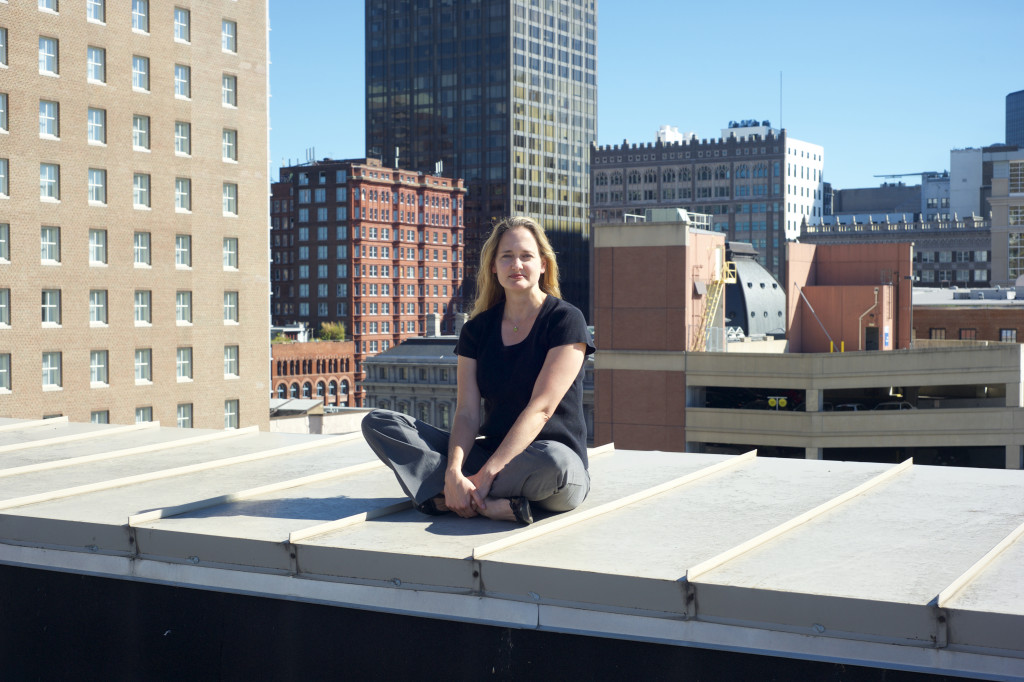
Entrepreneurs are generally, inherently disruptive because they’re trying to fix a problem and change whatever the status quo is around that problem. The kinds of challenges that face our community as a region, race-wise, require disrupting the norms. It’s more than the municipal courts. It’s more than K12 education. It’s more than ensuring that all communities have access to affordable and healthy food, public transportation, affordable and fair housing. It’s about recognizing why everyone should have access to affordable and fair housing. Why everyone should have access to public transportation. Why we, as a democracy, need every child in every community to have access to quality, high performing, K-12 education.
Entrepreneurs are generally inherently disruptive because they’re trying to fix a problem and they’re trying to change whatever the status quo is around that problem.
We’re a connected community, but more than that, we are stewards of a shared environment. If we do not have empathy, we continue to see the kind of recreational violence we see today on a scale that… I can’t describe it. And I don’t live immediately in a neighborhood experiencing that level of violence so I can only imagine what it’s like for a mother or a father or an aunt or uncle with children who know instinctively that when they hear gunshots they have to get under a table. People in St. Louis don’t appreciate the high rate of infant mortality in specific communities in St. Louis. When folks see the rates, they assume that they’re from a Third World country. But it is here in the communities you drive through on your way to the airport when you take Natural Bridge or Grand. Folks can’t believe it.
We need St. Louisans to embrace the roots of the region in the downtown area and understand that for us to have the kind of transformation we need to see, we have to enthusiastically support our entrepreneurs just like we do our athletes.
I would like to see St. Louis adopt Arch Grants the same way so many St. Louisans adopt institutions in the Zoo Museum District or in the Grand Center Arts District. I would like them to see Arch Grants as a point of civic pride and take tremendous joy when they come downtown for a ball game, to eat, or for a parade, and they want to take their kids to the Design and Innovation District because it’s cool. “Look at these interesting, funky, happy, joyful people who live or play in this environment.” The downtown area is our region’s living room and it’s where St. Louis, the St. Louis we know today, was founded on the banks of the river. The city was built up around that fort and the fur trade industry and it’s matriculated west.
We need St. Louisans to embrace the roots of the region in the downtown area and understand that for us to have the kind of transformation we need to see we have to enthusiastically support our entrepreneurs just like we do our athletes. If our community could have the same level of enthusiasm when a company is inside an incubator and then graduates and takes up an office space downtown, or when a company goes from startup to scale up, and all of a sudden has created 10 jobs and ‘X’ hundreds of thousands of dollars in revenue, that would be outstanding.
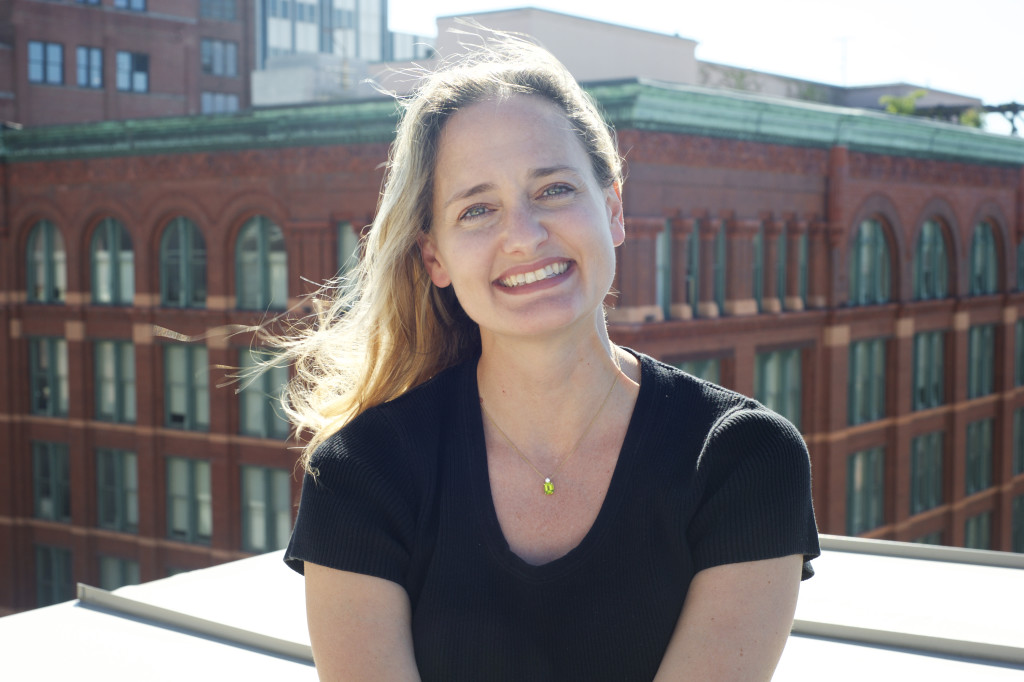
If we had a fireworks display every time an entrepreneur had a half a million dollars in revenue, that would be great. I love our sports teams. I love the fact that my son cannot wait for each season and what a privilege it is to sometimes be watching football, hockey, and baseball at the same time. I wish we had a fireworks display every time an entrepreneur created 10 new jobs or had generated $1 million in the revenue into this region because that’s huge. Kids pay attention to fireworks and they pay attention to public gatherings. It seems ridiculous that we could solve all the world’s problems with fireworks, but if we as a community could figure out how do you celebrate economic development in a way so kids ask things like, “Hey, look at that. What did they do, mommy? What did they go, dad? How did that happen? How do you work there?” what does that mean?”
The money matters, but as exciting as the money is, these are human beings.
Since 2012, Arch Grants has funded 65 companies. 60 companies are still in business. 55 of the 60 are still in Missouri. 54 of the 55 are still in St. Louis. As of June 30th, Arch Grants Recipients have created 275 jobs retained in Missouri, $15 million in revenue, and attracted $50 million in capital. The money matters, but as exciting as the money is, these are human beings. The quality of the people. The human capital. I can’t really quantify the awesomeness of working with these individuals because of their commitment to St. Louis and to a movement to completely revitalize and rejuvenate the region through job creation.



